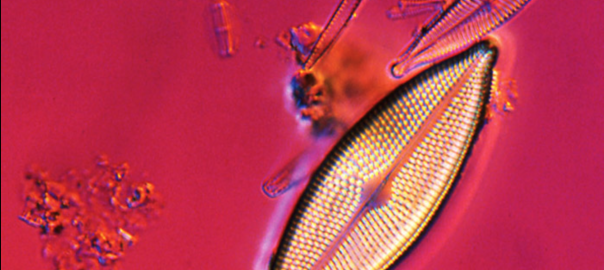Publication
Barton, A.D., S. Dutkiewicz, G. Flierl, J. Bragg, and M.J. Follows (2010), Response to Comment on “Patterns of Diversity in Marine Phytoplankton”, Science, 329 (5991), 512-d. doi:10.1126/science.1190048
Barton, A.D., S. Dutkiewicz, G. Flierl, J. Bragg, and M.J. Follows (2010), Response to Comment on “Patterns of Diversity in Marine Phytoplankton”, Science, 329 (5991), 512-d. doi:10.1126/science.1190048

“Phytoplankton diversity depends on balance between competition and the ocean’s physical dynamics, new research suggests”
By Morgan Bettex, MIT News Office
Read this story at MIT News
Phytoplankton are single-celled organisms that serve as the base of the marine food web and provide half the oxygen we breathe on Earth. They also play a key role in global climate change by removing carbon from the atmosphere and injecting it deep into the oceans.
Scientists study phytoplankton to understand how the tiny plants help transport elements like carbon through the environment. Although they understand much of what phytoplankton do, less is understood about why particular plankton live in particular environments and what maintains the diversity of phytoplankton.
Barton, A.D., S. Dutkiewicz, G. Flierl, J. Bragg, and M.J. Follows (2010), Patterns of Diversity in Marine Phytoplankton, Science, 327, 1509 – 1511, doi: 10.1126/science.1184961